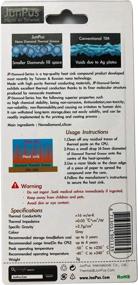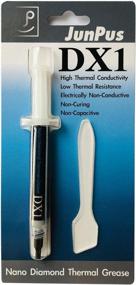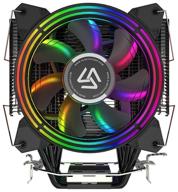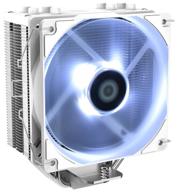Description of 💎 Enhanced Nanodiamond Thermal Paste Conductivity Performance
Extremely High Thermal Conductivity and Stability: Thermal conductivity: 16(W/mK) Max. Temperature Stability(°C): -50 ~ 200. Super Carbon Nano-grade Material: This thermal paste compounds are grease-like products which is formulated with Nano diamond powder and silicone fluids as base oil, exhibits excellent thermal conduction thanks to its finer molecular structure produced by nanoscale treatment. Safe Application: Good performance is obtained when use JP-Dx1 heatsink paste for thermal conductivity of semiconductor devices, such as CPUs, ICs, High Power LED and power transistors. Metal-free and non-electrical conductive which eliminates any risks of causing short circuit, adding more protection to the CPU and VGA cards. High Durability: High chemical stability, being non-corrosive, anti-oxidation, non-toxicity, non-volatility, non-flammability, and causing no irritation to human skin. Thermal paste can withstand long-term storage, does not easily solidify, and can be readily implemented to the printing and coating process. The range will not harden or dry out or melt even after 1000 hours (200°C)with good single component modified silicone system suitable for heat sink application.













